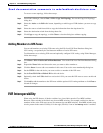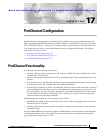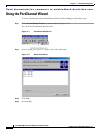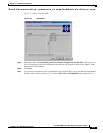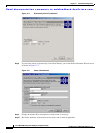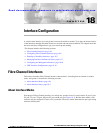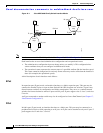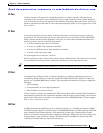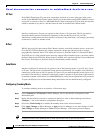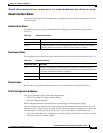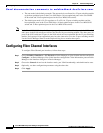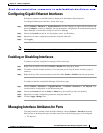
CHAPTER
Send documentation comments to mdsfeedback-doc@cisco.com.
18-1
Cisco MDS 9000 Family Fabric Manager Configuration Guide
OL-6965-03, Cisco MDS SAN-OS Release 2.x
18
Interface Configuration
A switch's main function is to relay frames from one data link to another. To do that, the characteristics
of the interfaces through which the frames are received and sent must be defined. This chapter describes
the basic interface configuration to get your switch up and running.
This chapter includes the following sections:
• Fibre Channel Interfaces, page 18-1
• Configuring Fibre Channel Interfaces, page 18-6
• Enabling or Disabling Interfaces, page 18-7
• Managing Interface Attributes for Ports, page 18-7
• Configuring the Management Interface, page 18-10
• IPFC Interface Configuration, page 18-10
Fibre Channel Interfaces
This section describes Fibre Channel interface characteristics, including (but not limited to) modes,
states, and speeds. It includes the following sections:
• About Interface Modes, page 18-1
• About Interface States, page 18-5
About Interface Modes
Each physical Fibre Channel interface in a switch may operate in one of several modes: E port, F port,
FL port, TL port, TE port, SD port, ST port, and B port (see Figure 18-1). Besides these modes, each
interface may be configured in auto or Fx port modes. These two modes determine the port type during
interface initialization.



